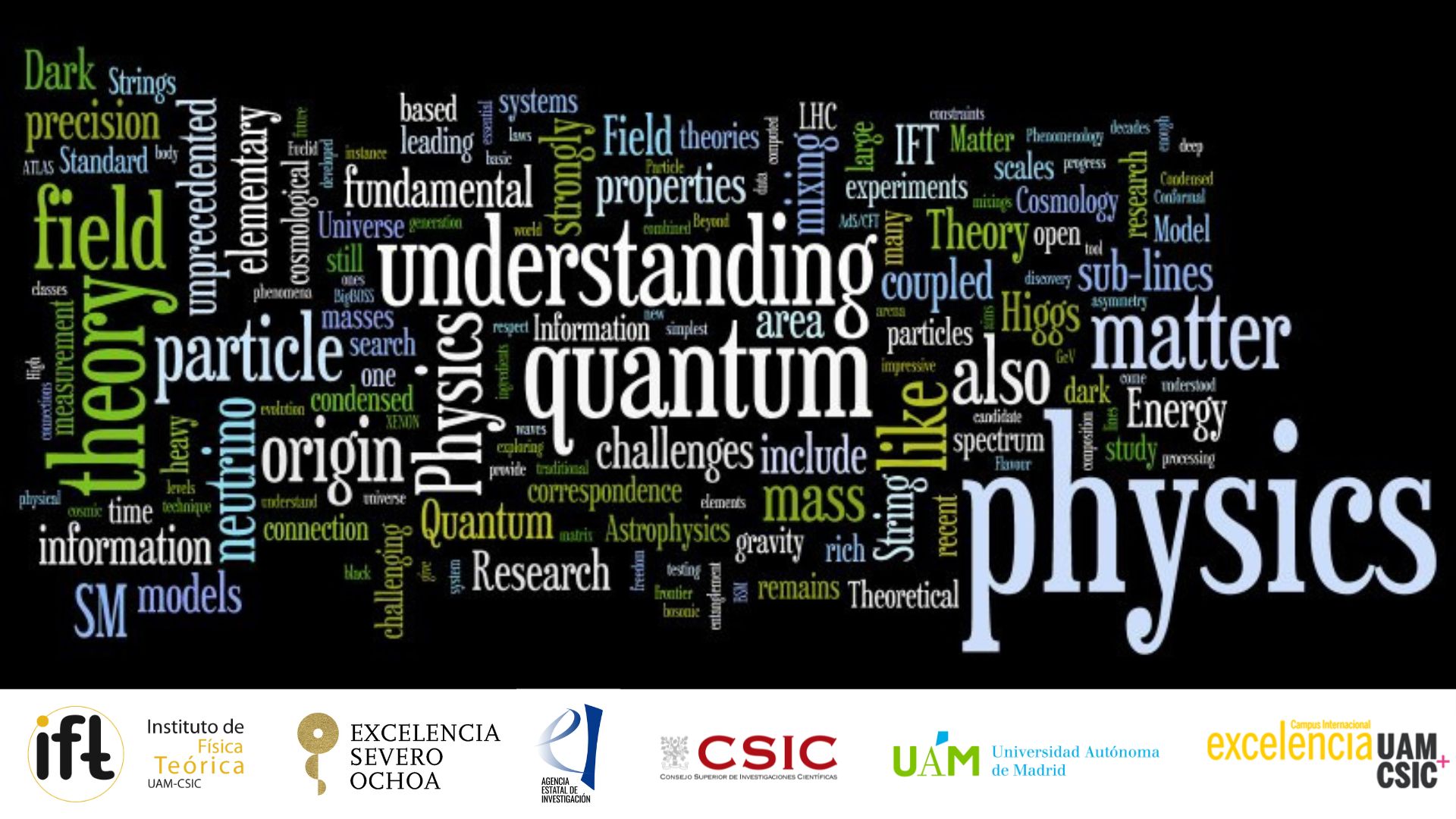Centro de Excelencia Severo Ochoa
Menú
Buscar

ONLINE webinar
I will describe how, over the next few years, early-universe measurements of the 21-cm line of hydrogen will provide a trove of new cosmological information. I will focus on the cosmic-dawn era, which saw the formation of the first stars. The radiation from these stars excited neutral hydrogen and allowed it to absorb 21-cm photons from the cosmic microwave background (CMB). I will begin by showing how to use the 21-cm signal as an early-universe thermometer to search for dark-matter interactions with our sector. Then, I will illustrate how the timing of the 21-cm signal, which is dictated by the formation of the small minihalos that hosted the first stars, can be used to tightly constrain the small-scale behavior of dark matter, settling whether it's cold or not. Finally, I will explain how the acoustic physics of recombination become imprinted onto the 21-cm fluctuations, resulting in robust velocity-induced acoustic oscillations (VAOs) in the expected signal. These act as a new standard ruler during cosmic dawn, bridging the gap in measurements of the expansion rate of our universe between the CMB and today, which are in tension.
Social media